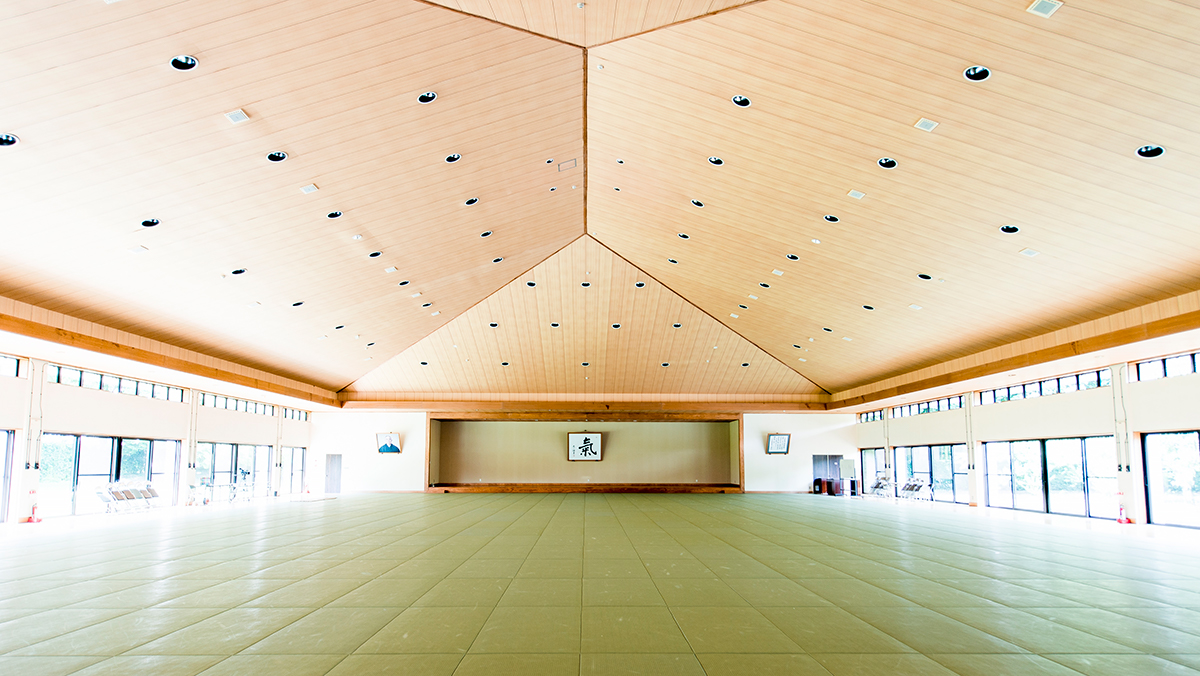A Short Instruction:
The purpose of this article is to practice and validate the Ki principle (Mind moves body) which is the foundation of Ki-Aikido in your daily life. Therefore, it has no meaning if you just read it without practicing it.
The fundamental method of mastering anything is practice. However, not just practice, but it is also important to validate how one has changed as a result of the practice.
It is easy to lose what you have learned without practice. On the other hand, you will never lose what you have learned through practice and validation. Therefore, please read, practice, and validate the contents of my article for at least one month.
Level of understanding (the second half)
This weblog report is the continuation of the last month’s weblog. If you have not yet read the first half, please see,
http://www.shinichitohei.com/english/2009/04/level-of-unders.html
If you properly practiced and validated last month’s discussion, I believe you now realize that the state of thinking “I completely understand” is actually the lowest level of understanding. People tend to observe, listen, and understand in the way they want, from their own perspective. Therefore, it is always necessary to confirm whether our understanding is correct or not.
Now, I would like to let you know how to experience a deeper level of understanding.
Once you are able to communicate what a speaker tells you correctly to the other people, then, what you need to do is to take into account what the speaker is feeling when he/she speaks to you. In other words, you need to understand not only the contents of the speaker’s story, but also the speaker’s feeling that the story is an expression of.
For instance, the use of the words “thank you” can have many meanings. Some people’s “thank you” comes from their true heart, while other people’s “thank you” is merely perfunctory, and still others’ “thank you” comes out of a sense of irony. There are indeed many kinds of “thank you” depending on each speaker’s feelings.
If you only listen to the speaker’s words, you can not find their feelings. You need to judge their feelings from all sources, such as their facial expression, intonation, rhythm, etc.
It is indeed important to read the speaker’s Ki (mind).
You need to catch not only the words, but also many other kinds of information at the same time. A person who cannot do this can be known as “he who cannot read between the lines.”
This “reading between the lines” or being able to discern the speaker’s intention behind his words is not easy to do and in fact training is required. In general, it seems that people think this kind of ability should be taught through education only at home, and it is hardly ever taught at school or in a company. It is a shame that people have so few opportunities to train in this way, even though most everyone can improve greatly if only they have the opportunity to practice this.
I often teach seminars for companies. I begin with the basic training of the method described above. Then their level of understanding rises significantly. In actual training, people make an effort to read their partner’s feelings (practice), and then they try to be sure that what they are perceiving is really the partner’s feelings (validation).
When I was a new member of the Aikido club in my university, one time a senior member said to me, “Please bring me the drink I want.”
I thought he was teasing me, but this was not actually the correct view. Now I think it was really very good training for me. There were hot drinks and cold drinks available. What kind of drink he wanted depended upon the season and also the extent of his thirst. There was juice, sports drinks, and carbonated drinks. It was necessary to observe him carefully on a regular basis. For the initial period of time, he refused to receive what I brought, saying “This was not what I wanted.” However, by continuing the practice and validation process, I gradually began to know what he wanted. But even once I got used to this way of seeing, there were still some failures as a result of choosing automatically without enough consideration. Nonetheless, I continued my practice and validation. Even though it was a very simple action just to purchase a drink for him, I was able to do the practice and validation of reading his feeling. At that time I felt it was an outrageous request, but now I appreciate him very much.
There seems to be people who cannot read other’s feelings at any age in life, but it seems to be especially true of those in their 20’s and 30’s. They themselves are making a lot of effort and doing their best, but it often turns out fruitless, so they are very troubled in mind. One of four of our uchideshis is this type and I have a hard time with him. But my pet theory is “people become better with training,” therefore, I keep training him daily without blaming his present capability.
The following is the practice and validation for this month.
This time, your partner for practice and validation should be a person who understands your training. If you do not yet have a solid relationship with this person, the present relationship may become worse. It is best if it is your nearest and dearest.
[Point of practice]
・ While listening to your partner, not only listen to the words, but also read his/her Ki (mind).
[Point of validation]
・Check whether it is really his/her feelings (by asking him/her, asking the other people who know both of you, etc.)

